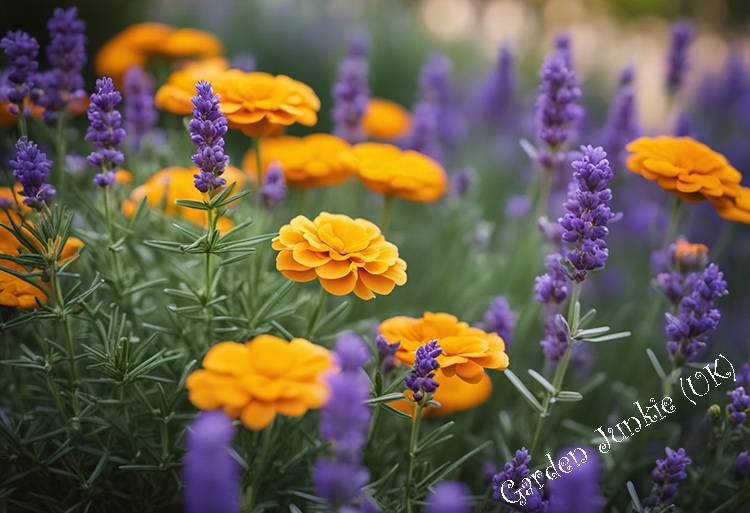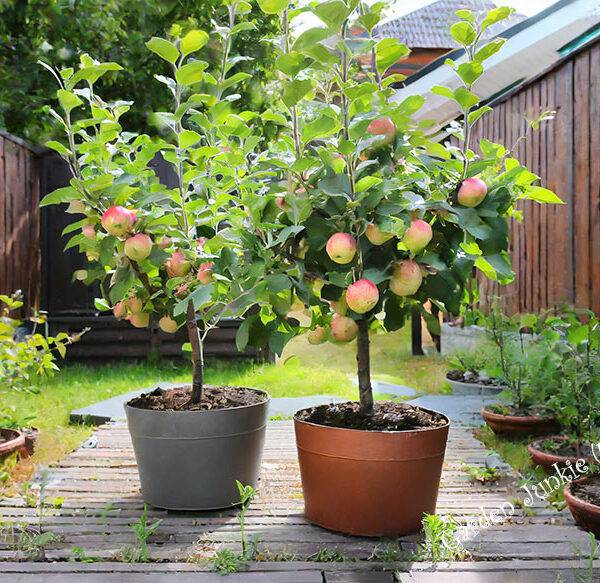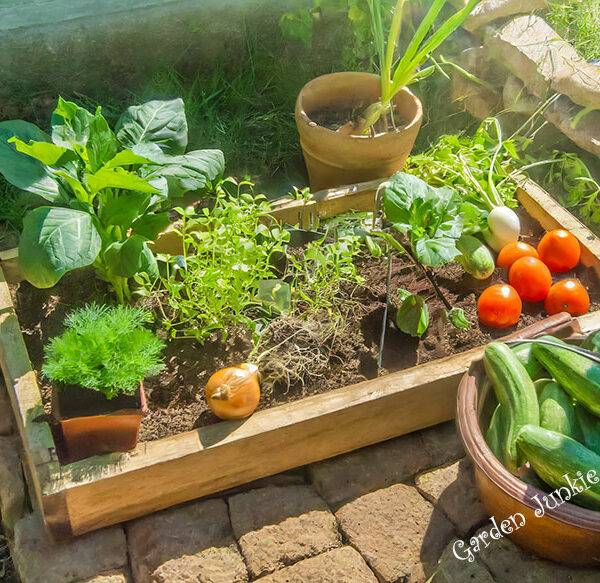Beautiful Plants For Your Interior

Gardens Plants And Trees
Gardens Plants And Trees – How to Create a Beautiful Outdoor Oasis
Gardens are a wonderful way to add beauty and nature to your home. They can be used to grow a variety of plants and trees, and they provide a peaceful and relaxing environment. Whether you are a seasoned gardener or just starting, there are many things to consider when creating your garden.
Understanding gardens, plants, and trees is essential to creating a successful garden. You will need to consider factors such as soil type, sunlight, and water requirements when choosing which plants and trees to grow. Additionally, you will need to decide on a layout for your garden, taking into account the size and shape of your space. With the right planning and care, your garden can thrive and provide you with years of enjoyment.
Key Takeaways
- Gardens are a great way to add beauty and nature to your home.
- Understanding the needs of plants and trees is essential to creating a successful garden.
- With the right planning and care, your garden can thrive and provide you with years of enjoyment.
Understanding Gardens Plants and Trees
Gardens are a great way to bring nature into your home. Plants and trees are the foundation of any garden, and understanding their characteristics is crucial for creating a beautiful and thriving garden.
Flowers, Fruit and Vegetables
Flowers
Flowers, as well as fruit and vegetables, are the most common types of plants found in gardens. They come in various shapes, sizes and colours, and some can be planted either indoors or outdoors.
There are a variety of popular flowers that can be planted to create a beautiful and vibrant garden. When selecting flowers, it’s important to consider their height, structure, colour, and view. Here are five examples of popular flowers in the UK that can be planted in a garden.
- Roses: Roses are a classic choice for any garden. They come in a variety of colours and sizes and can be trained to grow as climbers or bushes. They provide a beautiful fragrance and add a touch of elegance to any garden.
- Tulips: Tulips are a popular spring flower that comes in a wide range of colours. They are easy to grow and provide a burst of colour after a long winter. They work well in borders and can be planted in groups to create a stunning display.
- Lavender: Lavender is a fragrant herb that is easy to grow and adds a touch of purple to any garden. It can be planted in borders or used as a low hedge. It’s also a great plant for attracting bees and butterflies.
- Foxgloves: Foxgloves are tall, stately plants that come in a range of colours, including pink, purple, and white. They work well in the back of borders and add height and structure to a garden. They are also a great plant for attracting bees and other pollinators.
- Poppies: Poppies are bright and cheerful flowers that come in a range of colours, including red, orange, and pink. They work well in borders and can be planted in groups to create a stunning display. They are also a great plant for attracting birds to the garden.
Overall, when selecting flowers for a garden, it’s important to consider their height, structure, colour, and view. By choosing a variety of plants that work well together, you can create a beautiful and vibrant garden that will be the envy of your neighbours.
Fruit
Fruits and vegetables are great for adding colour and texture to your garden. We at Garden Junkie would advise planting a variety of fruits and vegetables that are suitable for the UK climate. Some popular fruits to grow in a UK garden include apples, pears, plums, raspberries, and strawberries.
Apples and pears are particularly well-suited to the UK climate, as they require a period of cold weather to produce fruit. Plums are also a good option, as they are relatively easy to grow and can be harvested in late summer. Raspberries and strawberries are both delicious and easy to grow, making them a great choice for beginners.
Vegetables
When it comes to vegetables, many options are well-suited to the UK climate. Some popular choices include carrots, peas, beans, potatoes, and onions.
Carrots are easy to grow and can be planted in early spring for a summer harvest. Peas and beans are also easy to grow and can be harvested in the summer months. Potatoes are a staple crop in the UK and can be planted in early spring for a late summer harvest. Onions are another popular choice, as they are easy to grow and can be stored for several months.
When selecting fruits and vegetables for a garden, it is important to consider their suitability for UK climates. Some fruits and vegetables may require more care and attention than others, so it is important to choose varieties that are well-suited to the local climate.
Additionally, it is important to choose varieties that are resistant to common pests and diseases in the UK. With a little care and attention, a UK garden can produce a bountiful harvest of delicious fruits and vegetables.
Indoor and Outdoor Plants
Indoor and outdoor plants are great for adding colour and texture to your home. When selecting indoor plants especially, consider their size, foliage, and water requirements. I can recommend several popular indoor and outdoor potted plants that can add colour and texture to your home.
Indoor Plants
For indoor or house plants, some of the most popular options include Alocasia, Aspidistra (Cast iron plant), Aeoniums, the colourful Begonia Rex, and Spider Plants. These plants are great for adding a touch of greenery and some colour to your home and are relatively easy to care for.
Outdoor Plants
When it comes to outdoor potted plants, many options can thrive in the UK climate. Some of the most popular options include Yucca, English Ivy, Skimmia, Lemongrass, and Rosemary. These plants are great for adding colour and texture to your garden and can be grown in pots or containers.
When selecting plants for your garden, it is important to consider the climate and growing conditions in your area. For example, some plants may require more sunlight or water than others, so it is important to choose plants that are well-suited to your specific location. In addition, it is important to choose plants that are appropriate for the size of your garden and the amount of space you have available.
Overall, there are many great options for indoor and outdoor potted plants in the UK. By selecting plants that are well-suited to your specific location and growing conditions, you can create a beautiful and vibrant garden that will add colour and texture to your home.
The Beauty of Trees
We can suggest a variety of popular trees that can be grown and planted in a UK garden. These trees can add colour and texture to your home garden, while also being suitable for the UK climate.
- Silver Birch (Betula pendula), has beautiful white bark and delicate, airy leaves that turn golden-yellow in autumn. It is a relatively small tree, making it suitable for smaller gardens.
- Rowan (Sorbus aucuparia), has attractive clusters of bright red berries in autumn and lovely fern-like leaves. It is a small to medium-sized tree that is perfect for adding interest to a garden.
- Hawthorn (Crataegus monogyna) is a beautiful tree with white or pink flowers in spring and red berries in autumn. It is a small to medium-sized tree that is great for attracting wildlife to your garden.
- Dogwood (Cornus sanguinea) is a deciduous shrub that can be grown as a tree, with its striking red stems providing a beautiful contrast to green foliage. It is a small to medium-sized tree that is perfect for adding colour to a garden.
- Japanese Maple (Acer palmatum) is a stunning tree with delicate, lacy leaves that turn a vibrant red or orange in autumn. It is a small to medium-sized tree that is perfect for adding texture and interest to a garden.
All of these trees are suitable for the UK climate and can be grown in a variety of garden sizes. They are great options for adding colour and texture to your home garden.
The Significance of Gardens Plants and Trees
It should be stressed that gardens plants and trees play a crucial role in maintaining the ecological balance of our planet. These living organisms absorb carbon dioxide, release oxygen, and provide habitat and sustenance for a myriad of creatures.
Conclusion
In conclusion, gardens, plants and trees are essential components of our environment, providing numerous benefits to both humans and wildlife. They help in reducing air pollution, providing fresh oxygen, and reducing the effects of climate change.
Plants and trees also play a vital role in maintaining soil quality, preventing soil erosion, and enabling other plants to grow. They offer a natural habitat for a wide range of wildlife species, including birds, insects, and mammals, providing them with food and shelter.
Furthermore, planting trees strategically around buildings and homes can help reduce energy consumption for heating and cooling by between 25 to 30%. This means saving on money used for any air conditioning and reducing carbon and other pollutants from power generation plants.
In addition, gardens and green spaces can have a positive impact on our mental health and well-being, providing a peaceful and relaxing environment where we can connect with nature.
Overall, it is important to recognise the value of gardens, plants and trees and to continue to protect and preserve them for future generations to enjoy. By planting trees, creating green spaces, and supporting conservation efforts, we can all contribute to a healthier and more sustainable environment.
Featured
Gardens Plants And Trees
Gardens Plants and Trees (Sub-Categories)

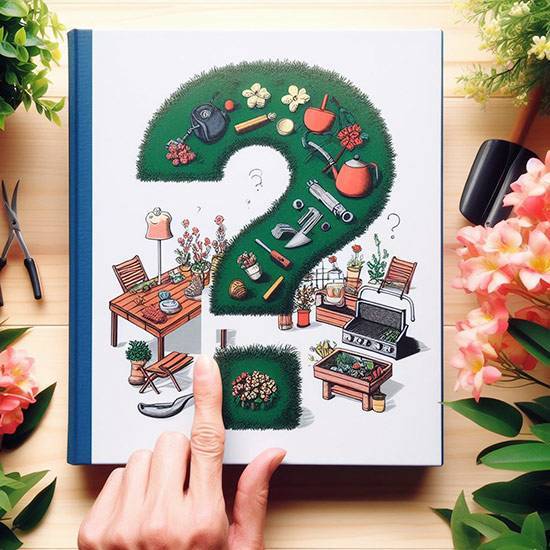

Buyers Guides
How To’s
Gardens and Gardening
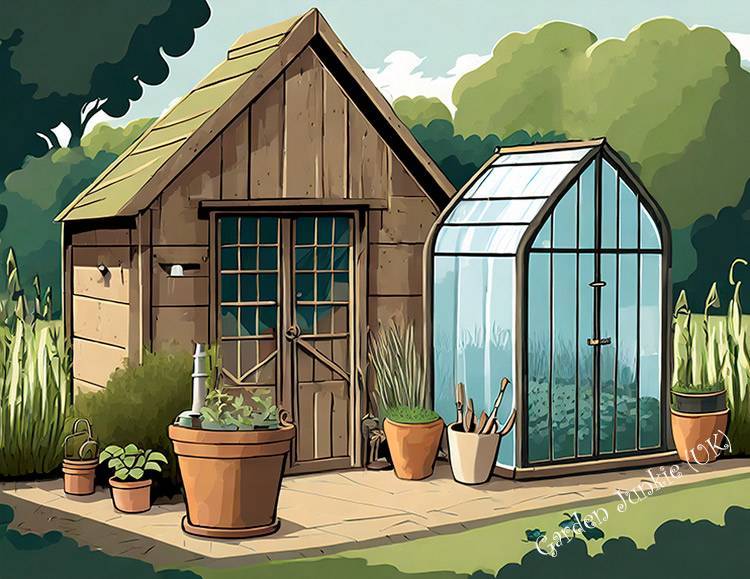
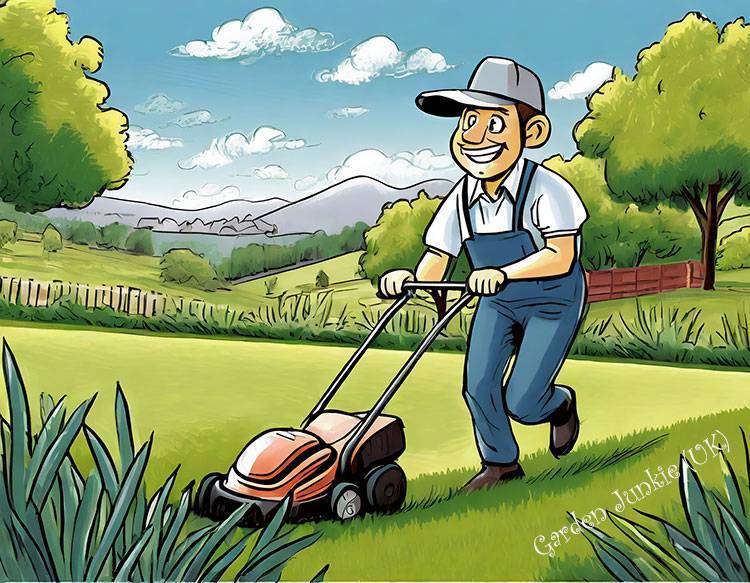
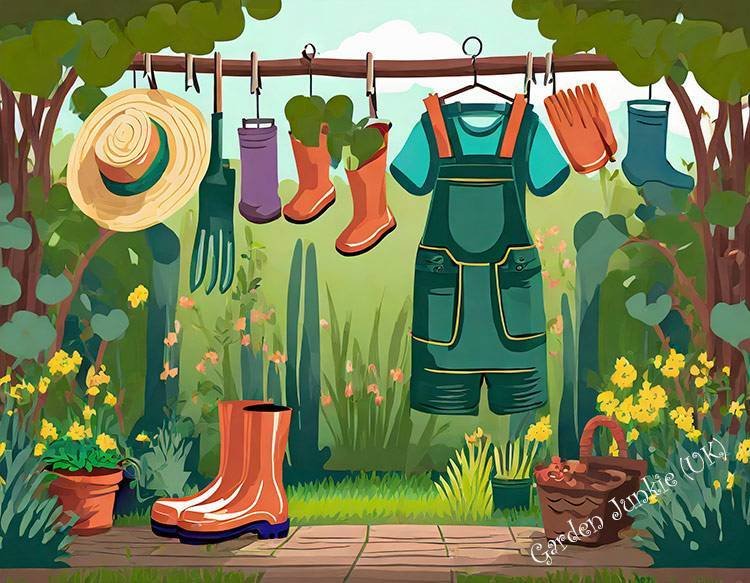
Sheds and Greenhouses
Garden Tools
Gardening Clothes

